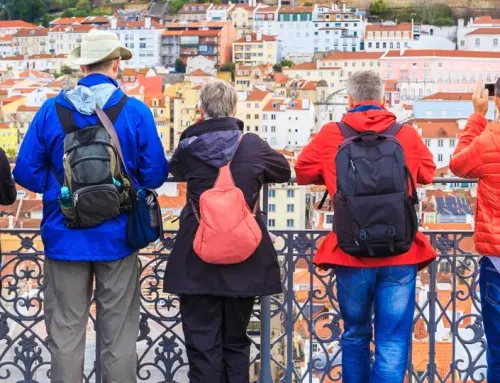Pamplona is much more than San Fermín
When you think of Pamplona, images of bulls running through the streets of the old town during the San Fermín festival immediately come to mind. But this city, the capital of Navarre, has many more stories, flavours and charming corners to discover at your leisure, away from the hustle and bustle of July.
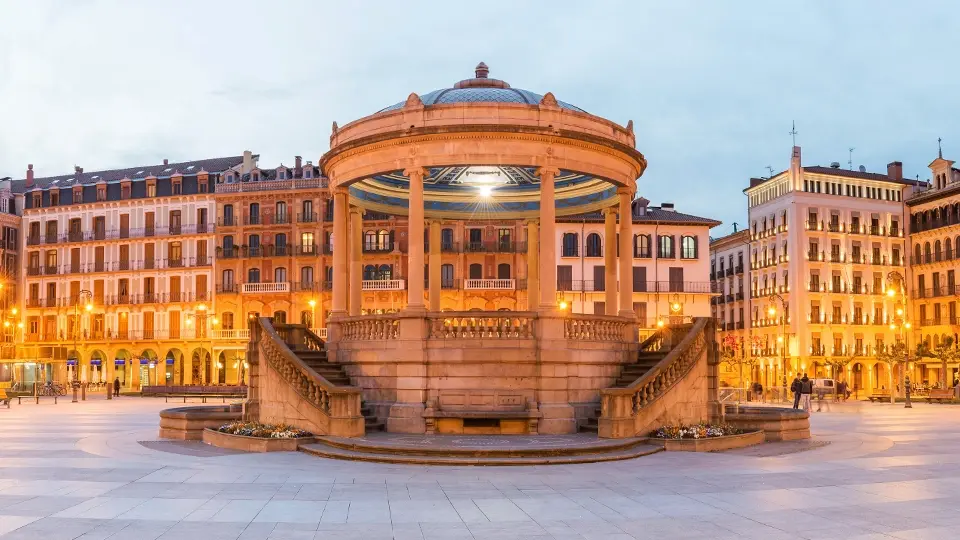
WANDER THROUGH THE WALLS, SQUARES AND NARROW STREETS FULL OF LIFE
Pamplona is the perfect city to get lost in. Literally. The historic centre, with its narrow, cobbled streets lined with bars and small shops, offers a real journey back in time. Even outside of festival season, strolling along Estafeta Street, famous for the running of the bulls, is exciting. Look up and you will see flower-filled balconies and colourful facades, a reminder that life here is lived to the fullest.
The Citadel of Pamplona, a Renaissance fortification, surprises visitors with its green, peaceful and monumental setting in the heart of the city. Just a few steps away are the Taconera Gardens, home to peacocks and deer, and with an atmosphere that seems straight out of a fairy tale.
Of course, no visit would be complete without seeing the Cathedral of Santa María, with its imposing neoclassical façade and Gothic cloister, which is considered one of the most beautiful in Europe. From its heights, the views of the city are unforgettable.
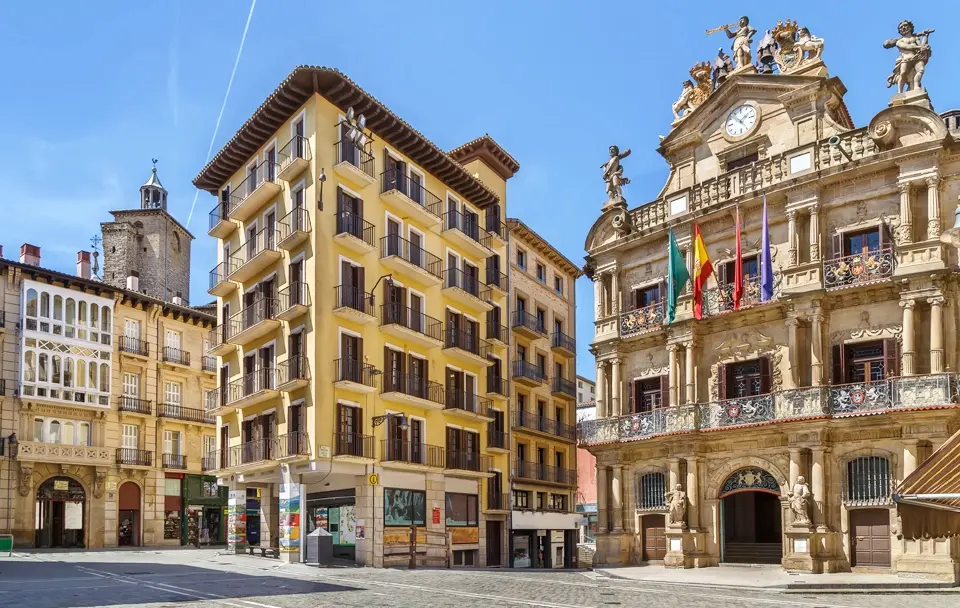
THIS IS THE CITY THAT HEMINGWAY FELL IN LOVE WITH
Pamplona won over Ernest Hemingway, who in turn turned it into a legend. The American writer first arrived in 1923 and was captivated by the energy, hospitality and passion with which the people of Pamplona celebrated San Fermín. His novel The Sun Also Rises propelled the festivities into the international spotlight.
Today, a bust of Hemingway stands outside the Café Iruña, one of his favourite haunts, in tribute to his love for the city.
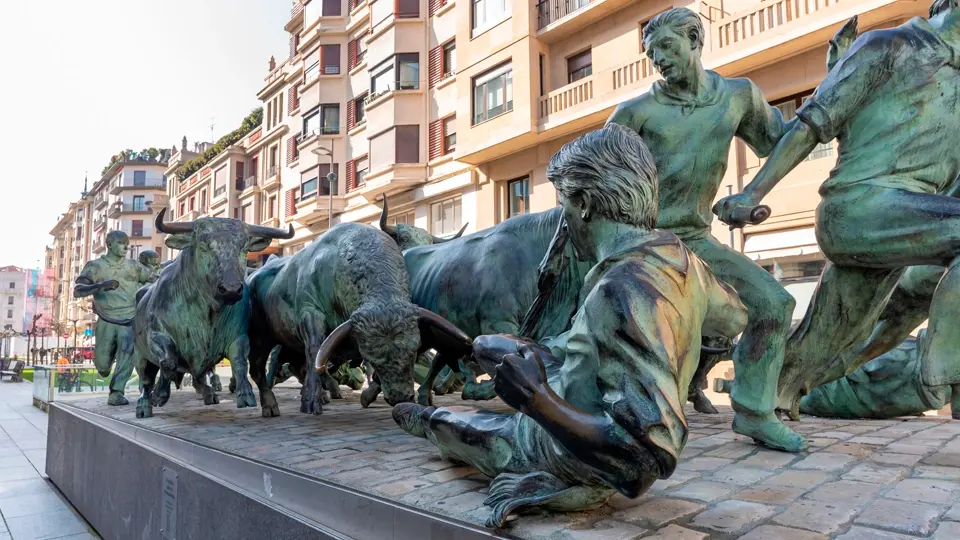
THE CAFÉ IRUÑA IS A PLACE OF INSPIRATION
Open your doors and step back in time to late 19th-century Pamplona, when, in 1888, it became the first establishment in the city to have electric lighting and a telephone. These innovations hinted at the establishment’s avant-garde character, designed by architect Maximiano Hijón to combine ironwork with large windows and a porch opening onto the lively Plaza del Castillo.
Upon crossing the threshold, you are enveloped in a timeless atmosphere: the warm glow of the chandeliers, the polychrome mirrors and golden columns recall the elegance of Navarre’s Belle Époque.
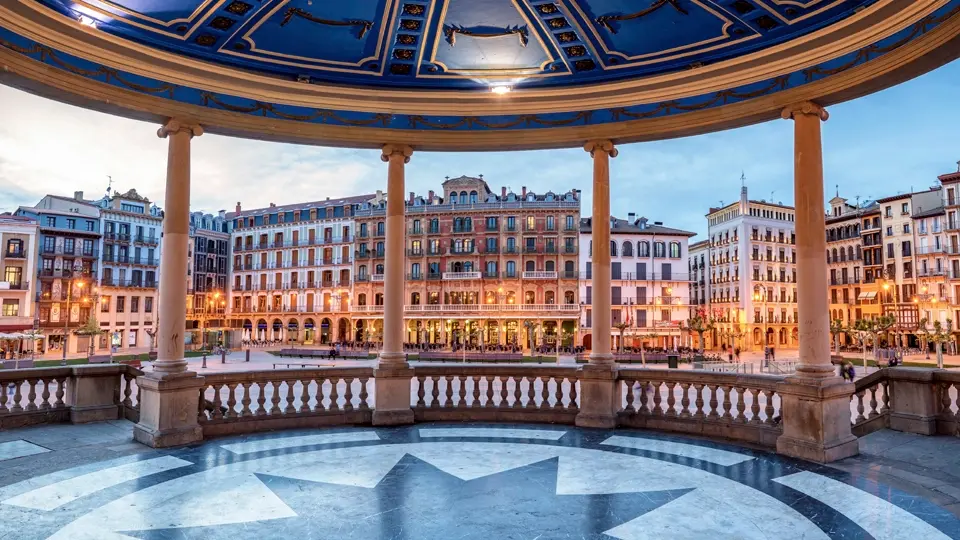
NAVARRE FLAVOURS WITH LOTS OF PERSONALITY
One of the treasures of the spring season in Pamplona is white asparagus: thick, smooth stalks that are cooked to perfection to bring out their sweetness and silky texture. Harvested by hand at dawn, they are blanched underground and arrive fresh at the city’s markets. Try them simply boiled and dressed with a drizzle of good Navarran extra virgin olive oil, or au gratin with a hint of piquillo pepper, and you’ll understand why they are so highly regarded beyond our borders.
But Navarre has more to offer than just asparagus. In any bar, you’ll find the famous chistorra: a long, thin sausage with a smoky flavour, served hot with a fried egg or as a pintxo with green peppers. Enjoy it with a glass of fresh, fruity red wine from the Navarra appellation or a light rosé, which is perfect with tapas.
After an adventurous walk through the Bardenas Reales, you can recharge your batteries in small rural inns, where you can sample artisan cheeses and a simple yet comforting casserole of Navarran beans. Finally, enjoy a glass of homemade pacharán, a sloe liqueur that perfectly rounds off any meal.
Finally, you can’t leave the city without trying garroticos de chocolate. These small puff pastries filled with creamy chocolate are one of Pamplona’s sweet treasures and have won over locals and visitors alike.
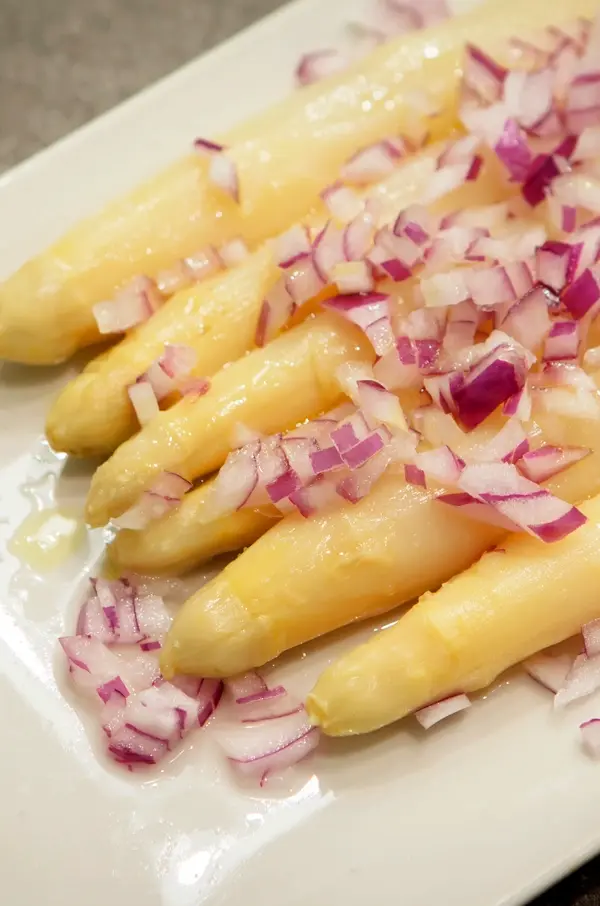
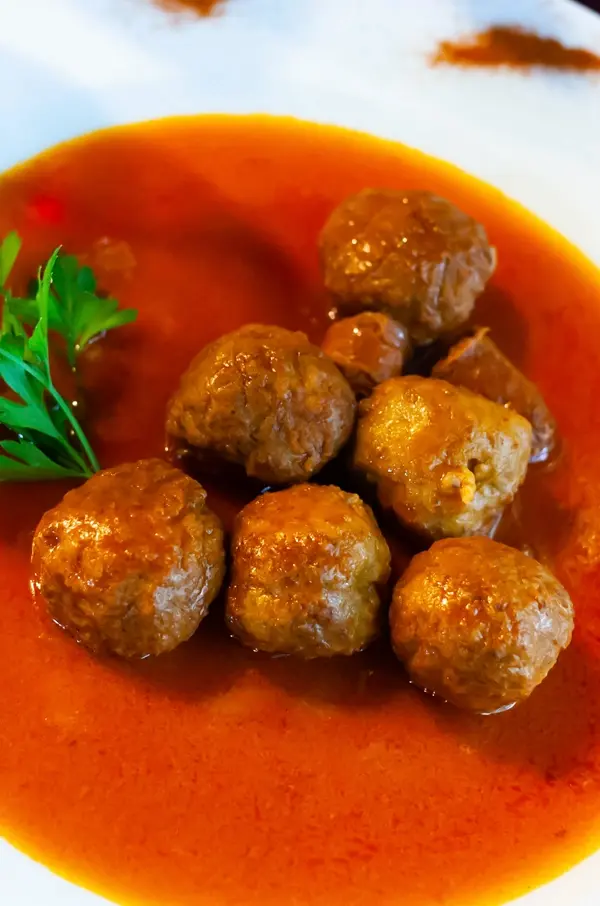
THERE ARE NEIGHBOURHOODS AND CORNERS OF THE CITY THAT YOU CAN’T MISS
The Navarrería is the original heart of Pamplona. Built on the site of an ancient Roman camp, it was conceived as ‘the city of the Navarrese’, opposite the boroughs of San Cernin and San Nicolás. Its irregular layout preserves the imprint of the Roman cardus and decumanus, with streets such as Curia and Carmen still marking the medieval pulse of the neighbourhood. After being destroyed in 1276 during the War of the Burgos, La Navarrería was rebuilt at the beginning of the 14th century with royal privileges that allowed it to be repopulated. This maintained its status as an episcopal centre and seat of the canons. Today, every corner — from the Santa Cecilia fountain to the remains of the city walls — revives the legacy of the ancient city. The area is surrounded by churches, palaces and squares that tell the story of more than a thousand years of history.
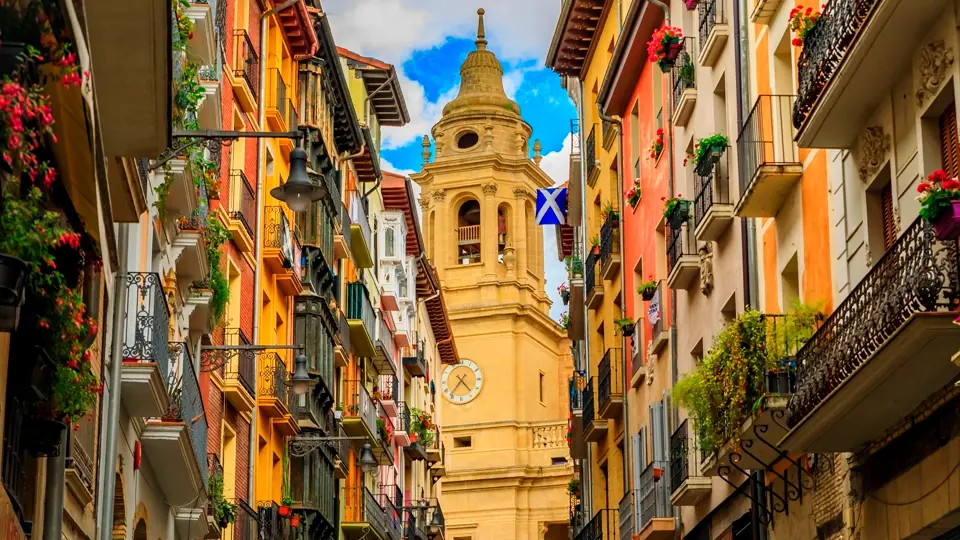
Looking up, the neighbourhood is dominated by the Cathedral of Santa María la Real, a unique Spanish complex that has preserved the church, cloister, chapter house, treasury, refectory and medieval kitchen intact. Most of its naves and the Gothic cloister date from the 14th to 16th centuries, with pointed arches and ribbed vaults enveloping a silence broken only by visitors’ voices. The neoclassical façade, designed by Ventura Rodríguez in the late 18^(th) century, adds a serene air to the complex. Strolling through the cloister, considered one of the finest in Europe, is like taking a journey through time, with each capital and window telling stories of bishops, canons and pilgrims.
Right next door, at the top of the Baluarte del Redín, is the famous Rincón del Caballo Blanco inn, built in December 1961 on the site of an old military guardhouse. Constructed using stones from the demolished Aguerre Palace and designed in a historicist style, it pays homage to the medieval inn of the same name that once stood on Calle Mayor. On its terrace stands the Cruz del Mentidero (1500), an old execution post where you can still see the iron rings that held condemned prisoners. From there, you can enjoy views of the cathedral, the small San José square and Pamplona’s rooftops. Today, this corner is a meeting point for locals, pilgrims, and travellers alike, with open-air concerts in the summer and the Cierzo wind blowing between the columns.
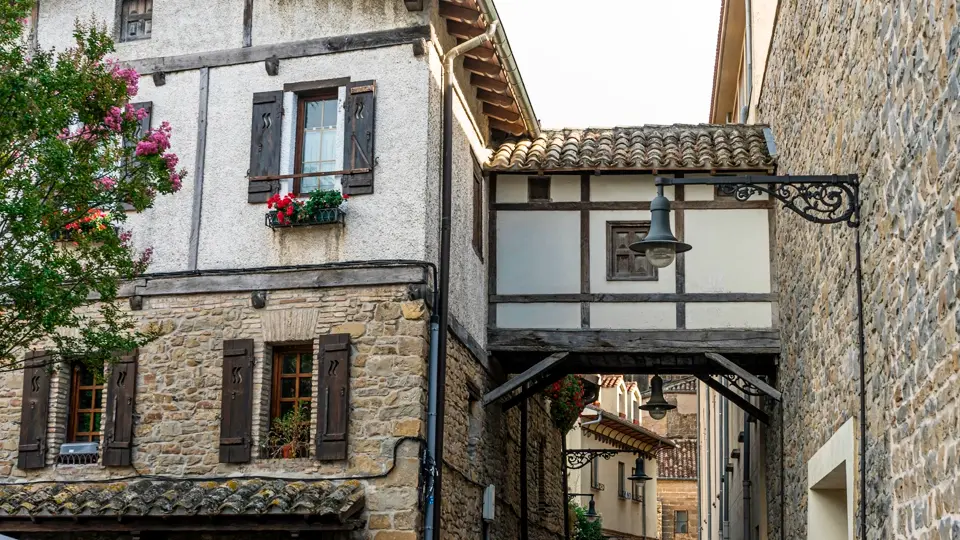
PAMPLONA IS A MEETING POINT FOR CULTURES
Located between the Basque Country and France, it has always been a crossroads. In fact, San Sebastián, on the Basque coast, is just over an hour’s drive away, making this city an ideal stop for those looking to experience nature, history and good food all in one place.
This strategic location has left its mark on the city’s culture, architecture and cuisine. Pamplona is a blend of influences that coexist in harmony, from Basque tradition to French elegance — not to mention its unmistakable Navarrese character.
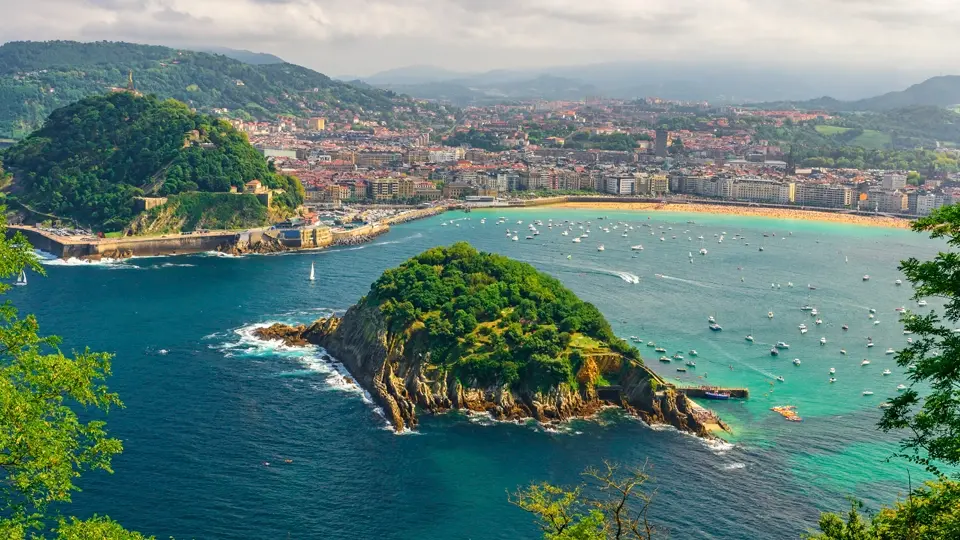
NAVARRE BEYOND PAMPLONA
Just a few kilometres from the capital, the region continues to surprise. To the north, the legendary landscapes of the Baztán Valley unfold, with their intense greens and charming villages. Nearby, Zugarramurdi’s caves and its history of witchcraft beckon visitors to explore magical tales.
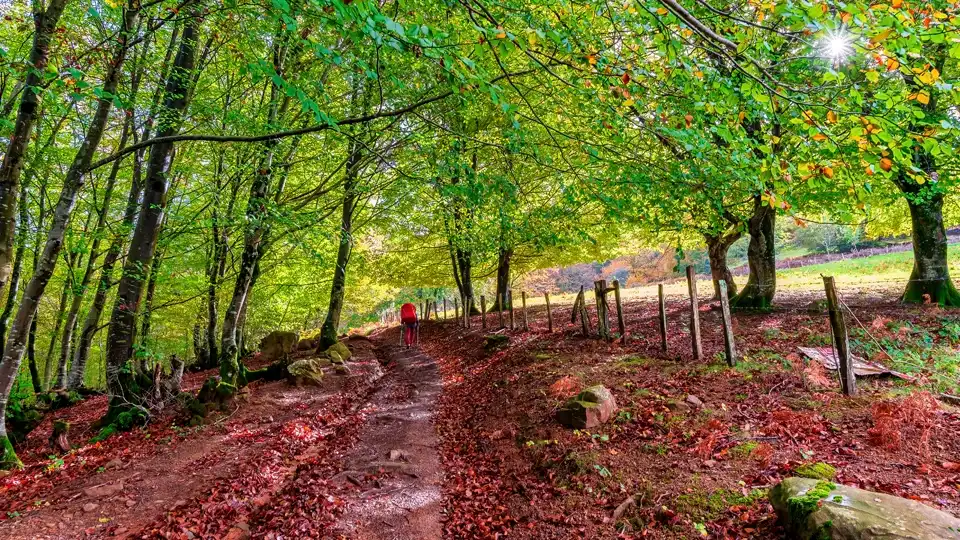
To the south, the medieval Castle of Olite, worthy of a movie, is a must-see for anyone dreaming of exploring a fairytale fortress.
And, of course, there are the aforementioned Bardenas Reales, where silence and wind sculpt extraordinary landscapes and which have provided the setting for international films and TV series such as Game of Thrones and Black Mirror.
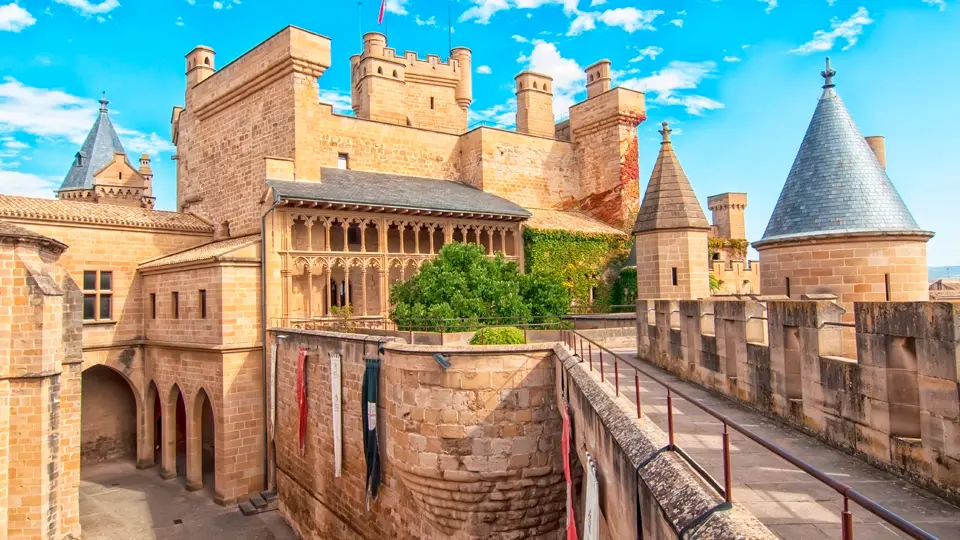
EXPERIENCE IT WITH CARAMELTRAIL!
Pamplona and Navarre have a thousand faces. Every traveller can enjoy an authentic, tailor-made experience. At Carameltrail, we design personalised trips, adapting itineraries, accommodation and activities to suit each person’s interests and needs.
Our experiences are unique and exclusive, carefully planned down to the smallest detail, and we provide support before and throughout the trip. Our expert local guides know every corner, every story and every flavour of the land.
If you dream of discovering the soul of Pamplona, the strength of its traditions, and the natural beauty of Navarre, we can help you make it happen.




